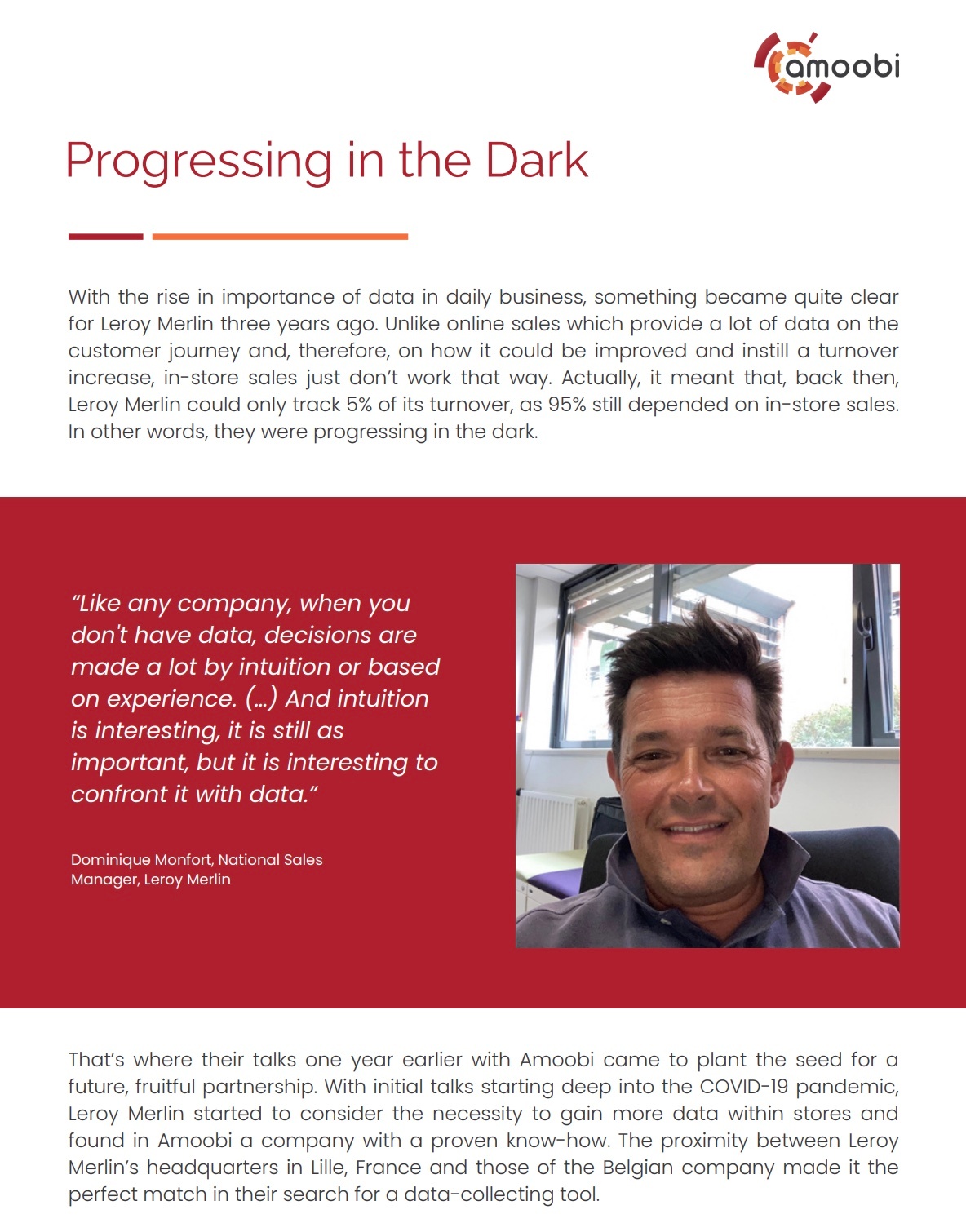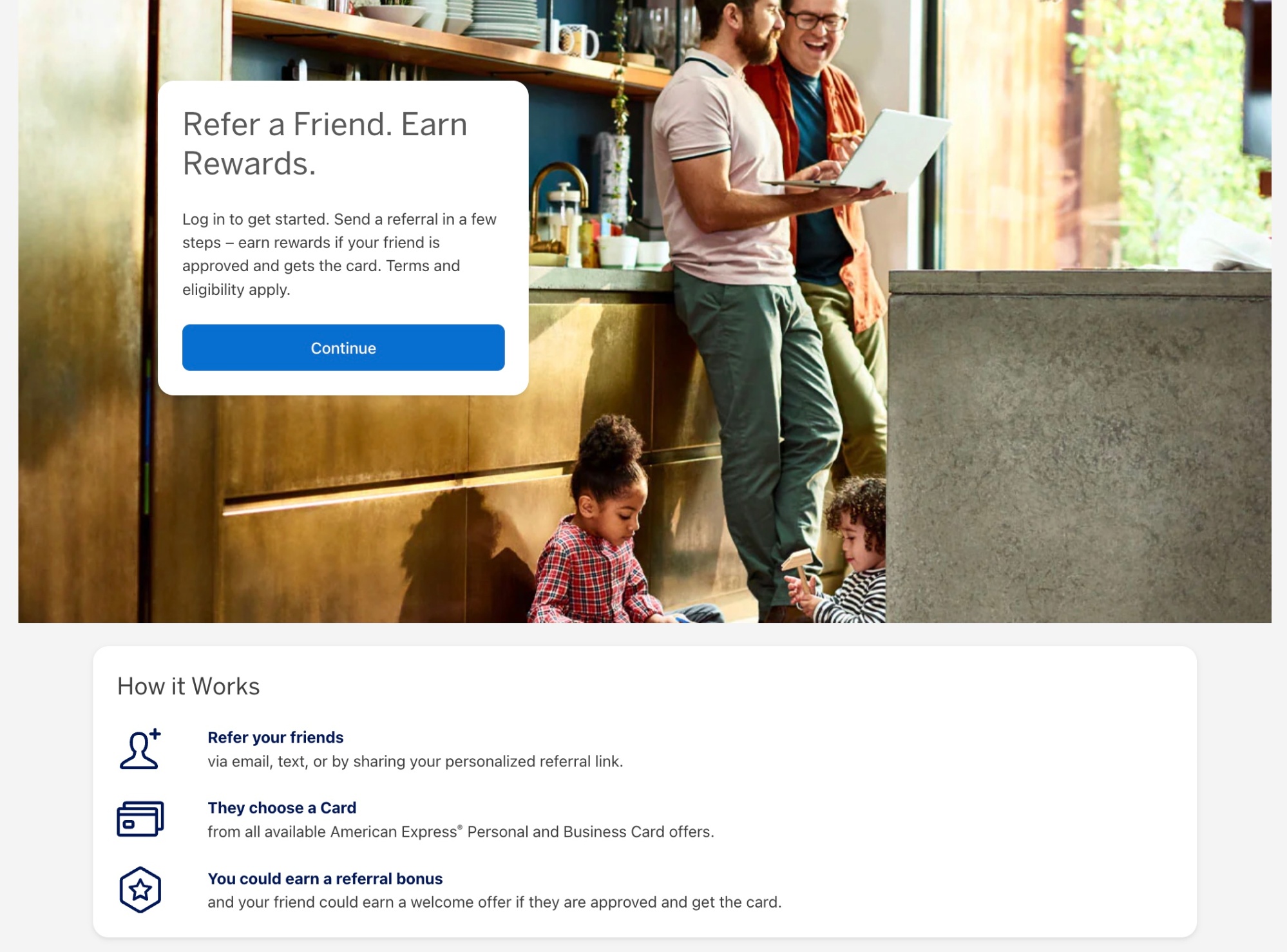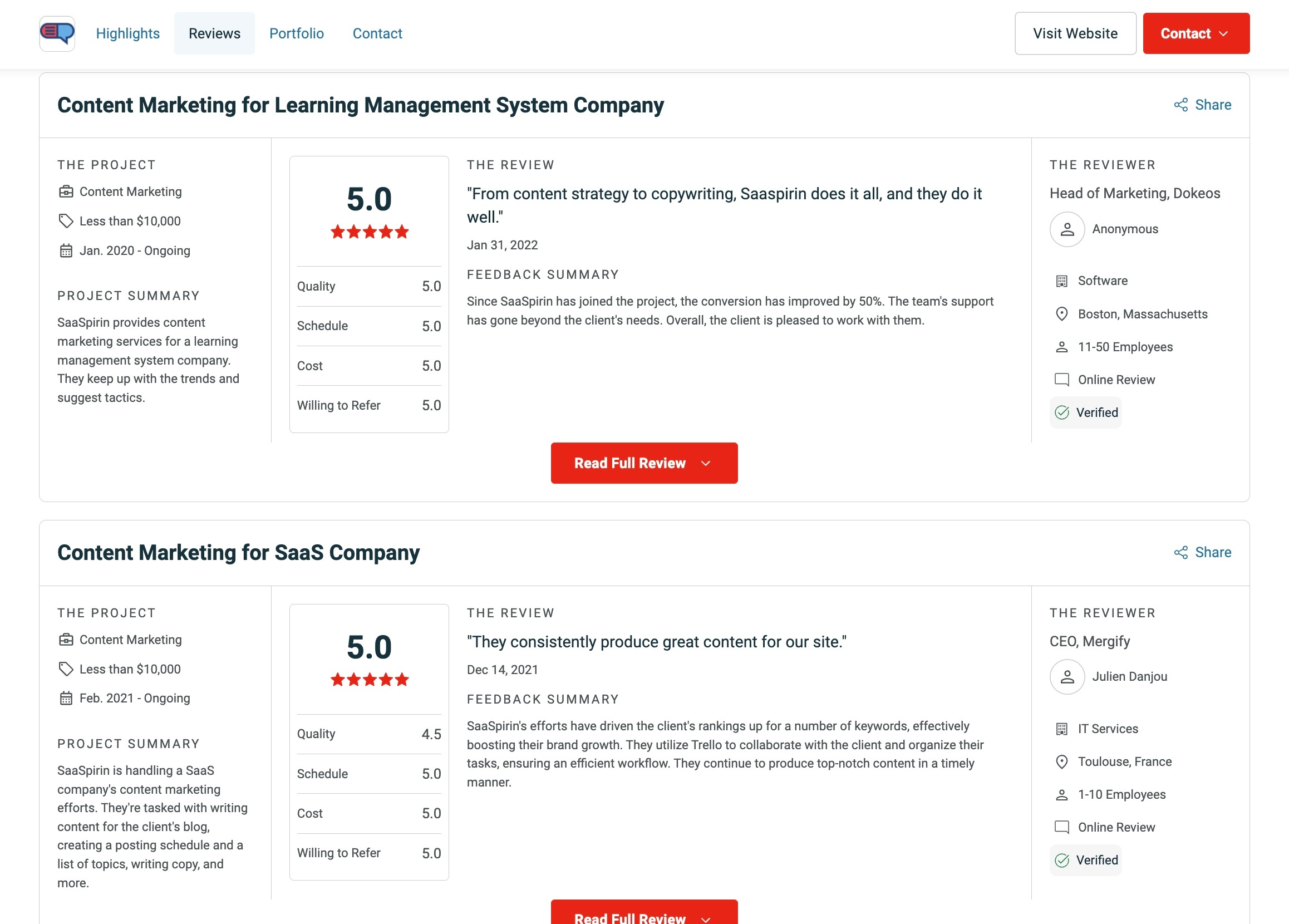How Can You Build a Strong Customer Advocacy Strategy?
By Nicolas Jacobeus on November 13, 2025
.png)
Key Highlights
-
Customer advocacy turns your happiest customers into powerful brand promoters.
-
These customer advocates drive brand loyalty and significantly boost customer retention.
-
An effective advocacy program is a key strategy for improving overall customer satisfaction.
-
Advocacy reinforces trust, increases brand awareness, and can lower acquisition costs.
-
Implementing a program involves defining goals, recruiting advocates, and tracking success.
-
The ultimate goal is to create a community of fans who champion your brand.
Most businesses spend millions chasing new customers while ignoring the ones who already love them. That’s a costly mistake. The irony? Your most powerful growth engine isn’t in the marketing budget at all; it’s in the customers you already have.
According to a BND article, 92% of people trust recommendations from peers over any form of advertising. That means your best marketing campaign isn’t the one you create, it’s the one your customers create for you.
But customers don’t want another discount code or loyalty card. What they really want is to feel heard, valued, and connected. Give them that, and they’ll become your most persuasive salespeople. Ignore it, and you’re just another brand shouting into the void.
This is the essence of customer advocacy, turning satisfied buyers into passionate promoters who extend your reach, deepen loyalty, and build trust in ways money can’t buy.
What is Customer Advocacy In Business Terms?
In simple terms, it's when your customers become your biggest fans.
It's the practice of nurturing customer relationships so that satisfied customers evolve into enthusiastic advocates who actively promote your products and services to others.
These customer advocates, also known as brand advocates, voluntarily share their positive experiences through word-of-mouth, social media, and online reviews.
This goes far beyond simple satisfaction.
Customer advocacy signifies a deep level of loyalty and engagement. It's often the result of exceptional customer service and personalised interactions that create a strong emotional connection.
When you prioritise the customer's needs and consistently exceed their expectations, you create a powerful force of voluntary brand ambassadors who are eager to sing your praises. This authentic promotion is incredibly valuable for building brand reputation and credibility.
Wondering how exactly these advocacy efforts pan out in terms of ROI? Read our blog here: How Does Testimonial Advertising Turn Customers Into Revenue?
Why Customer Advocacy Matters for Businesses?
When you delight your customers, they are more likely to share their positive experiences, which helps attract new business organically.
Let’s look at the specific advantages that come from turning your customers into your most powerful allies.
1. Reinforces Customer Retention
One of the most significant benefits of customer advocacy is its direct impact on customer retention. Loyal customers are customers who stick around, and an advocacy program gives them even more reasons to stay. It formalizes the relationship, making them feel valued and recognized for their support.
When customer advocates feel like they are part of your brand's story, they are far less likely to be tempted by competitors. This strengthens their commitment and encourages repeat purchases throughout their customer journey.
2. Improves Overall Customer Satisfaction
Customer satisfaction and advocacy are two sides of the same coin. You can't have one without the other. Advocates are created from positive experiences, whether it's with your product, your customer service, or any other interaction with your brand. You have successfully met their needs and expectations.
This ongoing engagement builds a stronger overall customer experience. The more you surprise and delight your advocates, the more they will promote your brand. This continuous loop of satisfaction and promotion helps build a resilient and happy customer community that grows over time.
3. Increases Brand Awareness
How do potential customers learn about your brand?
While advertising plays a role, nothing beats a recommendation from a trusted friend. This is where your customer advocates become invaluable. They act as a powerful extension of your marketing team, spreading the word and boosting brand awareness organically.
These satisfied customers share their positive stories on social media and through word-of-mouth, reaching audiences your brand might not be able to access on its own. According to Nielsen, people are 4X more likely to make a purchase when referred by a friend. This shows the incredible influence that personal recommendations have.
3. Identify Customer Needs Proactively
A well-designed advocacy program does more than just promote your brand; it opens up a direct line of communication with your most engaged customers. This dialogue is a goldmine of valuable insights that can help you understand customer needs before issues become widespread.
Because advocates are deeply invested in your success, they are often willing to provide honest and detailed customer feedback. You can invite them to participate in surveys or focus groups to get their thoughts on new features or improvements to the customer experience. This allows you to get a pulse on what your users really want.
4. Minimise Customer Acquisition Costs
It's a well-known fact that acquiring new customers is far more expensive than retaining existing ones. By turning your loyal customers into advocates, you essentially create an organic pipeline for new customers that significantly lowers your customer acquisition costs. These advocates become an extension of your sales team.
In fact, according to Adweek, 76% of individuals say they are more likely to trust content shared by "normal people" than content shared directly by brands. An advocacy program that encourages and rewards referrals provides a steady stream of high-quality leads who are already predisposed to trust you, which is essentially free customer acquisition.
5. Support System for Other Customers
Your customer advocates can become a valuable pillar of your customer support system. If you have an online customer community or a vibrant social media presence, you can empower your advocates to help other users who may have questions or need assistance. They can act as super-users within these forums.
Moreover, this behavior can create a domino effect. When other customers see advocates actively helping the community, they may aspire to reach that same level of expertise and recognition. Your customer advocacy efforts model the ideal behavior, inspiring a new wave of advocates to step up and contribute.
6. Customer Advocacy Gives Sales a Boost
It's no surprise that loyal customers lead to a sales boost. They make repeat purchases and, in today's subscription-based world, are more likely to renew their services. However, customer advocates take this to another level.
They also tend to purchase more frequently, making them up to five times more valuable than an average customer. Why is this? Because their deep loyalty and trust in your brand make them more receptive to upsells and new product offerings. They are already convinced of the value you provide.
7. Builds Long-term Brand Loyalty
Customer advocacy is the ultimate expression of brand loyalty. While loyalty is about a customer's willingness to make repeat purchases, advocacy is about their willingness to actively promote you. An advocacy program amplifies existing loyalty by giving customers even more reasons to stick with you.
By creating a formal, mutually beneficial relationship, you make loyalty feel like an authentic and integral part of your brand's experience. This deepens customer relationships and makes your advocates feel like true partners in your success. They are no longer just consumers; they are part of your brand's inner circle.
Wondering where to start your customer advocacy efforts? Read our blog for the full guide- How to Do a Case Study When You’ve Never Written One?
What Are The Types of Customer Advocacy Programs?
There are many forms an advocacy program can take, each designed to leverage customer advocates in different ways. From simple social shares to in-depth case studies, you can choose the methods that best align with your goals and your customers' preferences. Here are some of the most common types.
1. Social Sharing
One of the simplest and most effective forms of advocacy is social sharing. This happens when advocates share your brand's content, like blog posts, announcements, or product updates, on their personal social media channels. It's a quick and easy way for them to show their support.
You can encourage social sharing through your advocacy program by:
-
Asking advocates to re-share your latest social media posts.
-
Providing them with pre-written posts they can easily copy and paste.
-
Running contests or offering rewards for the most creative or impactful share.
2. Testimonials
Customer testimonials are powerful statements from satisfied customers that highlight their positive experiences with your brand. They serve as compelling social proof, demonstrating to potential buyers that your product or service delivers on its promises. These endorsements build trust and credibility.
You can feature testimonials prominently on your website, in marketing materials, or on social media to influence purchasing decisions. An advocacy program can formalize the process of collecting and sharing these valuable quotes, ensuring you always have fresh and relevant content.
Effective testimonials can come in various formats, such as:
-
Short, impactful quotes for your website's homepage.
-
Video testimonials where customers share their stories on camera.
-
Longer written statements used in brochures or sales presentations.
3. Case Studies
Case studies are detailed narratives that tell a customer's success story from start to finish. They are particularly effective for businesses with complex products or services, as they provide an in-depth look at how a customer solved a specific problem using your solution. It’s a powerful form of product marketing.
These stories are built on real customer feedback and data, making them highly credible and persuasive. A great case study clearly outlines the challenge the customer faced, the solution your company provided, and the measurable results they achieved. This helps potential customers envision their own success.
A typical case study includes the following elements:
-
The Challenge: A description of the problem the customer needed to solve.
-
The Solution: An explanation of how your product or service was implemented.
-
The Results: Concrete data and quotes demonstrating the positive impact.
4. Referrals
A referral is when a customer advocate directly recommends your business to a peer, friend, or family member.
Customers acquired through referrals often have a higher retention rate and a greater lifetime value. A formal referral program within your advocacy strategy can incentivize this behavior, making it easy and rewarding for your advocates to spread the word and help grow your customer base.
You can structure your referral program in several ways:
-
Offer a discount to both the advocate and the new customer.
-
Provide a cash bonus or gift card for each successful referral.
-
Use unique tracking codes to monitor referrals and reward advocates automatically.
5. Webinars, Podcasts, and Conferences
Inviting your customers to speak at your events is a highly impactful form of advocacy. Whether it's a webinar, podcast, or conference, having an advocate share their real-world experience adds a layer of authenticity that an employee simply can't replicate. Viewers and listeners trust an outside perspective.
This not only promotes your brand but also gives your advocate a platform to showcase their own expertise and accomplishments. It enhances the customer experience for everyone involved and strengthens the sense of a shared customer community. According to a LinkedIn-Edelman report, 47% of buyers say thought leadership helped them discover a new company.
You can feature advocates in your events in several ways:
-
As a guest speaker on a webinar or podcast.
-
As a panellist at a live or virtual conference.
-
By having them lead a breakout session to share their success story.
6. Reviews
Online reviews are a form of customer feedback that can make or break a purchasing decision. Most consumers read reviews before buying a product or service, making them a critical form of social proof. Positive reviews on trusted platforms can significantly boost your credibility and attract new customers.
Your advocates can leave reviews on various platforms, including:
-
General review sites like Google or Clutch.
-
Industry-specific review websites like G2 or TrustRadius for software.
-
Your own website's product pages.
How To Implement A Customer Advocacy Strategy?
A successful strategy ensures that your brand advocacy efforts are organized, scalable, and aligned with your broader business objectives. By taking a structured approach, you can transform happy customers into a powerful, vocal force for your brand. Here are the key steps to get you started.
Step 1. Define Your Goal
What do you want advocacy to achieve for your business? More revenue? Higher brand awareness? A steady stream of reviews? Before you launch, get crystal clear on the “why.” Setting a primary goal ensures every action feels purposeful.
Ask yourself: If this program is wildly successful in six months, what will success look like? Write it down. That vision becomes your north star.
Step 2. Define the Persona of Your Advocate
Who are your ideal champions? Are they power users who rave about your features, social media enthusiasts who love sharing stories, or long-term customers who have stuck with you through product evolutions?
Recognizing advocate personas helps you speak their language and design rewards that truly resonate.
Ask yourself: What type of customer gets genuinely excited when talking about us? How can we empower them to spread that energy?
Step 3. Recruit Advocates
Now it’s time to invite your champions into the spotlight. Start with your most engaged customers, the ones who leave glowing reviews, respond quickly to surveys, or always show up to webinars.
When reaching out, make it clear this isn’t a one-way street. Frame it as a partnership. What’s in it for them? Recognition? Exclusive access? Early product previews? Make them feel like insiders, not just participants.
Ask yourself: If I were this customer, what would make me excited to join?
Step 4. Launch Your Advocacy Program
This is where vision becomes reality. Assign a dedicated team (or even one passionate owner) to build relationships with advocates and keep the program thriving. Use the right tools, community platforms, gamification features, or advocacy software to create an engaging experience that rewards participation.
Ask yourself: How can I make this launch feel like joining a movement rather than filling out a form?
Step 5. Track and Celebrate Success
Don’t just measure numbers, celebrate milestones. Are advocates driving new referrals? Did you collect 50 new testimonials? Are engagement levels rising? Tracking ensures you’re not just running a program, but growing a community that creates real business impact.
Ask yourself: What stories or wins can I share back with advocates to show them the difference they’re making?
Want to dig deeper and see some of these customer advocacy pan out in real-world scenarios? Read our blog here: 10 Testimonial Video Examples for Lead Conversion Success.
How to Measure Customer Advocacy?
Measuring customer advocacy is essential for understanding the impact of your efforts and making data-driven improvements. While enthusiasm can be hard to quantify, combining both quantitative and qualitative data gives you the clearest picture.
1. Net Promoter Score (NPS)
NPS asks one simple question: “On a scale of 0–10, how likely are you to recommend us to a friend or colleague?”
-
How to track it: Use survey tools to send short, automated NPS surveys after key customer interactions (onboarding, renewal, product updates).
-
What’s a good score? Anything above 30 is solid; 50+ is excellent; 70+ puts you in world-class territory.
-
Next step: Don’t just collect the number, ask for an open-ended comment so you know why they gave that score.
2. Referrals
Referrals are one of the clearest signs of advocacy: customers willingly bringing you new customers.
-
How to track it: Use referral codes, links to attribute leads back to your advocates.
-
What to measure: Number of referred leads, their conversion rate, and their lifetime value compared to non-referred customers.
-
Next step: If referrals are low, ask: “Are we making it too hard or unrewarding to refer?”
3. Social Media Engagement
Advocates often spread the word without being asked, through shares, tags, or shoutouts.
-
How to track it: Use tools like Hootsuite to monitor brand mentions, hashtags, and share-of-voice.
-
What to measure: Growth in mentions over time, engagement rates on advocacy-related posts, and which platforms bring the highest reach.
-
Next step: Spot your most vocal fans and invite them into a formal advocacy program.
4. Customer Feedback
Your advocates are a goldmine of insights, because they care enough to tell you the truth.
-
How to track it: Run periodic surveys, focus groups, or customer interviews.
-
What to measure: Common pain points, feature requests, and recurring positive themes.
-
Next step: Close the loop. Showing advocates how their feedback shaped product decisions deepens trust and keeps them engaged.
5. Testimonials and Reviews
Reviews and testimonials are public proof of advocacy that directly influence buying decisions.
-
How to track it: Monitor review sites relevant to your industry. Collect testimonials proactively through email campaigns or customer success check-ins.
-
What to measure: Volume of reviews, average rating, and sentiment trends over time.
-
Next step: Repurpose testimonials into sales collateral, blog content, or video snippets to maximize their impact.
Want to know more about metrics and engagement tactics? Read our blog here: Is Blog Traffic Really a Vanity Metric?
Struggling to Showcase Customer Stories That Actually Convert?
Most businesses collect reviews but fail to turn them into assets that drive real sales. That’s where SaaSpirin stands out. Their customer advocacy platform transforms raw customer success stories into polished case studies, video testimonials, and social proof your buyers can trust.
With a done-for-you process, from outreach and interviews to editing and distribution, SaaSpirin helps you:
-
Capture authentic customer success advocacy without extra workload.
-
Provide sales and marketing teams with ready-to-use, credibility-building content.
-
Lower acquisition costs by amplifying customer advocacy marketing.
-
Build a scalable advocacy system that grows with your brand.
When your advocates speak, prospects listen. SaaSpirin makes sure those voices are heard in the moments that matter most.
Conclusion
Customer advocacy isn’t about building another marketing campaign; it’s about unlocking the voices of customers who already believe in you. When done right, advocacy programs transform happy buyers into trusted storytellers who expand your reach, deepen loyalty, and even influence product direction.
Think of it this way: every satisfied customer is a potential growth channel. The brands that recognize this don’t just measure success in sales, but in the strength of the community that surrounds them. If you can create an environment where customers feel heard, valued, and proud to champion your brand, you’ve built more than advocacy; you’ve built a self-sustaining ecosystem of trust and growth.
Frequently Asked Questions
What is customer advocacy and why is it important for businesses?
Customer advocacy means turning satisfied customers into brand promoters. A strong customer advocacy definition highlights trust, loyalty, and organic growth, making it a vital driver of retention and referrals.
How can companies create an effective customer advocacy strategy?
An effective customer advocacy strategy focuses on identifying loyal customers, rewarding engagement, and taking the first step by using customer advocacy software to streamline programs that build trust, improve retention, and drive referrals through authentic promotion.
What are the main benefits of having customer advocates?
Customer advocates amplify word-of-mouth, boost brand credibility, and reduce acquisition costs. With customer success advocacy, businesses enjoy stronger loyalty, repeat purchases, and an extended sales force without traditional advertising expenses.
Can you explain the different types of customer advocacy programs?
Customer advocacy marketing programs include referrals, reviews, testimonials, case studies, and community events. Each advocacy platform highlights real customer stories, increasing brand awareness and trust among potential buyers.
What steps should I take to nurture and encourage customer advocates?
Build lasting relationships with customers, recognize contributions, and offer rewards. Use a customer advocacy platform to engage advocates consistently, ensuring long-term trust, loyalty, and impactful customer success advocacy.
What are some real-world examples of successful customer advocacy?
Dropbox referrals, HubSpot case studies, and Salesforce events showcase customer advocacy marketing in action. Each example uses advocates to generate growth, proving the power of a structured customer advocacy strategy.
How can I measure the success of a customer advocacy program?
Track NPS scores, referrals, testimonials, and social shares. Customer advocacy software helps measure engagement and campaign ROI, ensuring your customer advocacy strategy delivers measurable impact on growth and satisfaction.
Which software tools help manage customer advocacy programs?
Popular customer advocacy software includes Influitive, Base, and Birdeye. These tools provide a customer advocacy platform for engagement, gamification, and measuring ROI, enabling seamless management of customer success advocacy initiatives.
What responsibilities does a customer advocate typically have?
Customer advocates share testimonials, write reviews, participate in events, and refer new users. Their actions strengthen customer advocacy marketing efforts, driving credibility and loyalty.
How can gamification increase customer advocacy participation?
Gamification within customer advocacy software motivates advocates with rewards, points, and recognition. This approach strengthens the customer advocacy strategy by making participation fun, impactful, and consistent.
You May Also Like
These Related Stories
.jpeg)






